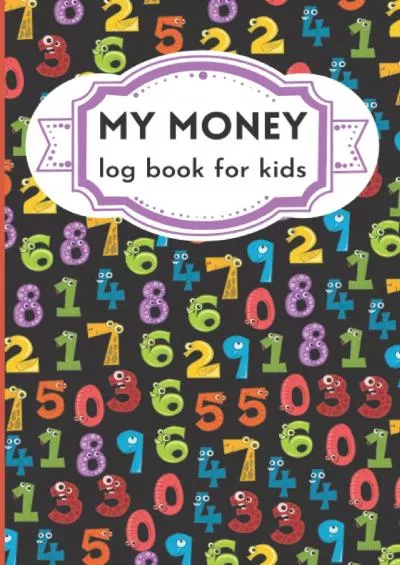PPT-Are Your Kids Worried? How to Tell.
Author : sophie | Published Date : 2022-06-14
What to Do Cheryl D Goldberg MA LCMHCS LCAS Certified Brainspotting Practitioner Associate Director Therapy Services Mood Treatment Center What are we talking about
Presentation Embed Code
Download Presentation
Download Presentation The PPT/PDF document "Are Your Kids Worried? How to Tell." is the property of its rightful owner. Permission is granted to download and print the materials on this website for personal, non-commercial use only, and to display it on your personal computer provided you do not modify the materials and that you retain all copyright notices contained in the materials. By downloading content from our website, you accept the terms of this agreement.
Are Your Kids Worried? How to Tell.: Transcript
Download Rules Of Document
"Are Your Kids Worried? How to Tell."The content belongs to its owner. You may download and print it for personal use, without modification, and keep all copyright notices. By downloading, you agree to these terms.
Related Documents

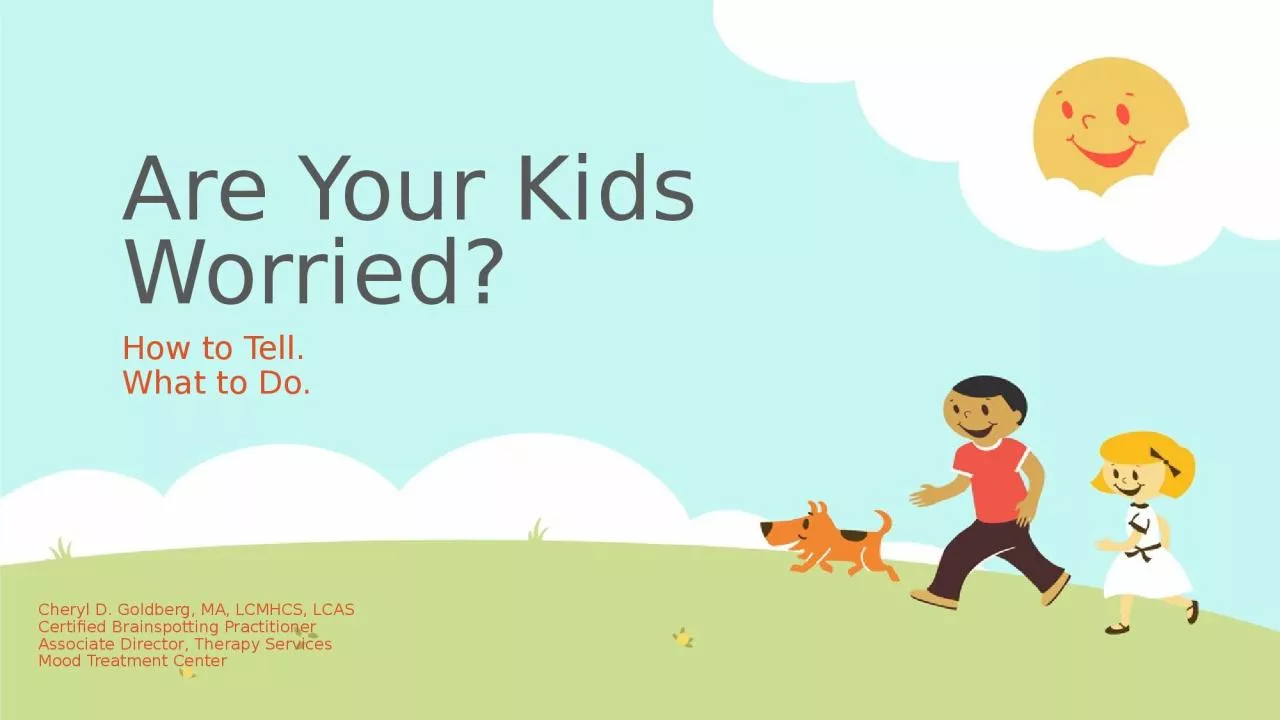

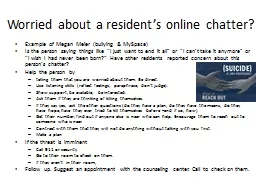
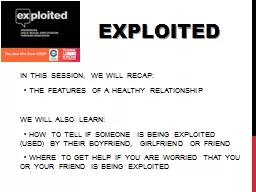
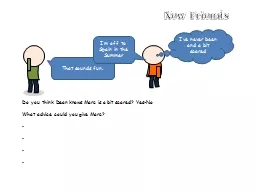
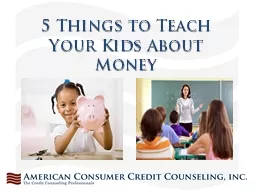
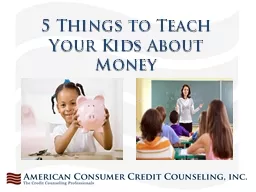

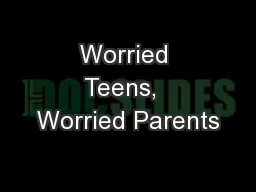
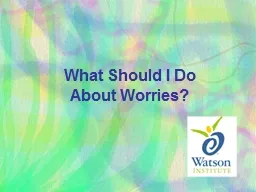
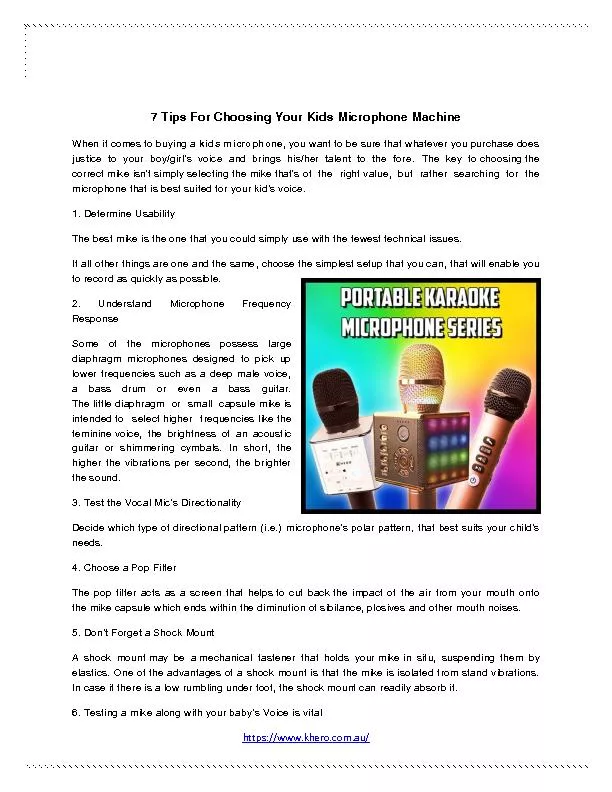
![[EBOOK] - How and When to Tell Your Kids about Sex: A Lifelong Approach to Shaping Your](https://thumbs.docslides.com/901230/ebook-how-and-when-to-tell-your-kids-about-sex-a-lifelong-approach-to-shaping-your-child-s-sexual-character-god-s-design-for-sex.jpg)
